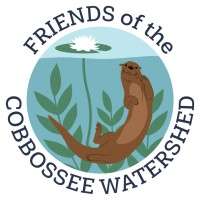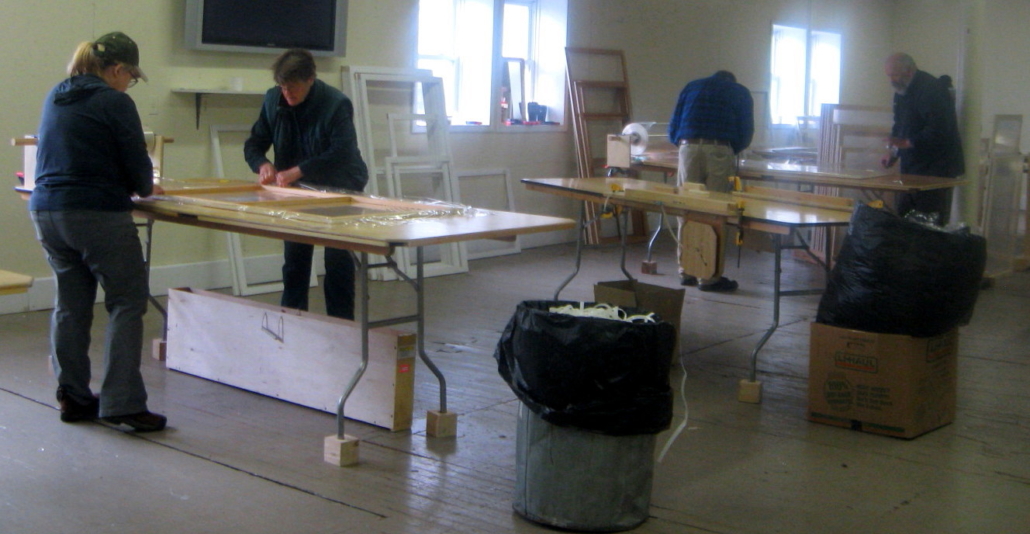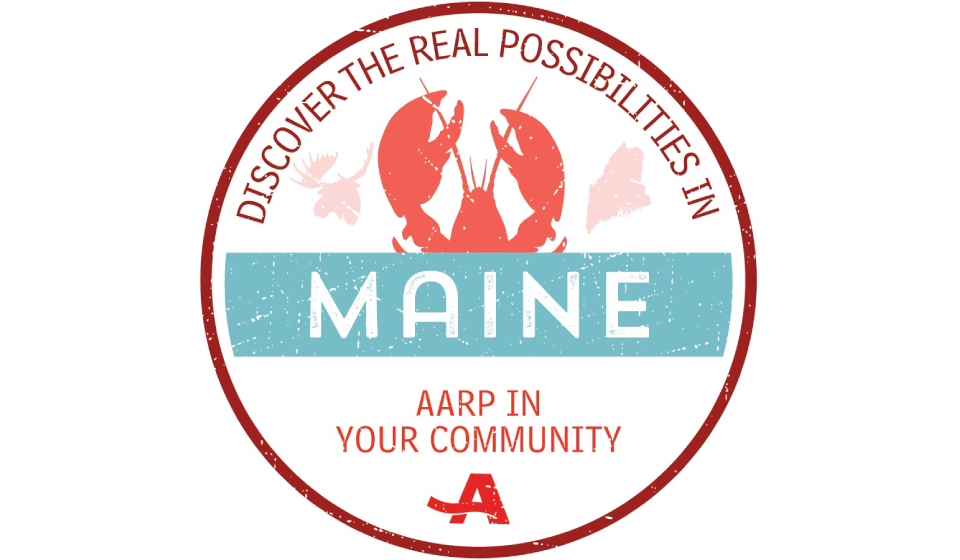 The 21st annual Lakeside Libations & Celebration fundraiser for the Friends of the Cobbossee Watershed (FOCW) on August 22 will honor longtime watershed partners with the inaugural Margaret Peacock Community Hero Award. Margaret, who passed away in 2019, was known for her volunteerism and love for her community. Margaret taught kindergarten in the Gardiner school system for 20 years and opened Cram’s Point Nursery School after her retirement.
The 21st annual Lakeside Libations & Celebration fundraiser for the Friends of the Cobbossee Watershed (FOCW) on August 22 will honor longtime watershed partners with the inaugural Margaret Peacock Community Hero Award. Margaret, who passed away in 2019, was known for her volunteerism and love for her community. Margaret taught kindergarten in the Gardiner school system for 20 years and opened Cram’s Point Nursery School after her retirement.
She was also a longtime member and president of Friends of the Cobbossee Watershed, volunteered as a PTA officer, Girl Scout leader, Johnson Hall board member and secretary, a founding member and editor of a quarterly newsletter, The Weathervane, and a member of the West Gardiner Garden Club.
The Margaret Peacock Community Hero Award will be presented to Bill Monagle, Wendy Dennis, and (formerly) Ryan Burton, of the Cobbossee Watershed District, for their work of protecting, improving and managing the lakes, ponds and streams of the watershed since 1973. The event will also honor Rob and Nancy Brown of Clark Marine as the Friend’s Business Honorees of the Year for the decades of support they have shown the organization and their many charitable contributions to the community.
This annual fundraiser will be held at the YCamp of Maine in Winthrop on August 22, 2024, from 5:30 to 9 p.m., and will also include lakeside entertainment from the Laura Hudson Project, light fare from the Parsonage House, and cocktails and mocktails. The event raises funds for the Friends of the Cobbossee Watershed’s education and conservation work. FOCW’s mission is to protect the 28 lakes, ponds, and streams of the 217-square mile Cobbossee Watershed.
The 2024 Lakeside Libations & Celebration is sponsored by the Peacock Family, Kennebec Savings Bank, Augusta Fuel Company, Charlie’s Chevrolet, Tex Tech, Mendall Financial Group, Central Maine Power, Sprague & Curtis Real Estate, Vallee Harwood & Blouin Real Estate, and the YCamp of Maine. The 2024 Planning Committee includes co-chairmen Kathleen Boggan and Julie Peacock, Paul Buch, Mark & Jen Fleming, Jeff Gleason, Elizabeth Neale Pollack, Paula Nersesian, Corey Smith, Peter Washburn, and Suzanne Young. Ad-Hoc Members include Peter Mendall, Todd Snider, and FOCW staff.
For more information or images, contact: Torie Levesque, Director of Development for the Friends of the Cobbossee Watershed, Tel: 207-395-5239; Email: torie@watershedfriends.com.
 Three Maine chefs went head-to-head September 16, at the Augusta Civic Center, competing in Spectrum Generations’ 12th annual Celebrity Chef Challenge fundraiser and serving over 200 guests.
Three Maine chefs went head-to-head September 16, at the Augusta Civic Center, competing in Spectrum Generations’ 12th annual Celebrity Chef Challenge fundraiser and serving over 200 guests.

 On August 17, nearly 1,600 community members joined Northern Light Eastern Maine Medical Center’s annual Champion the Cure Challenge flagship event. The uplifting experience at Lafayette Family Cancer Institute brings patients, family members, survivors, and community members together to walk, cycle, or run. More than $560,000 has been raised so far this year to support patients in treatment and enhance research options at Northern Light Cancer Care.
On August 17, nearly 1,600 community members joined Northern Light Eastern Maine Medical Center’s annual Champion the Cure Challenge flagship event. The uplifting experience at Lafayette Family Cancer Institute brings patients, family members, survivors, and community members together to walk, cycle, or run. More than $560,000 has been raised so far this year to support patients in treatment and enhance research options at Northern Light Cancer Care.





 The 21st annual Lakeside Libations & Celebration fundraiser for the Friends of the Cobbossee Watershed (FOCW) on August 22 will honor longtime watershed partners with the inaugural Margaret Peacock Community Hero Award. Margaret, who passed away in 2019, was known for her volunteerism and love for her community. Margaret taught kindergarten in the Gardiner school system for 20 years and opened Cram’s Point Nursery School after her retirement.
The 21st annual Lakeside Libations & Celebration fundraiser for the Friends of the Cobbossee Watershed (FOCW) on August 22 will honor longtime watershed partners with the inaugural Margaret Peacock Community Hero Award. Margaret, who passed away in 2019, was known for her volunteerism and love for her community. Margaret taught kindergarten in the Gardiner school system for 20 years and opened Cram’s Point Nursery School after her retirement. AARP has announced 14 organizations throughout Maine will receive 2024 Community Challenge grants – part of AARP’s largest investment in communities to date with $3.8 million awarded among 343 organizations nationwide. Grantees will implement quick-action projects that help communities become more livable by improving public places; transportation; housing; digital connections; and more, with an emphasis on the needs of adults ages 50 and older.
AARP has announced 14 organizations throughout Maine will receive 2024 Community Challenge grants – part of AARP’s largest investment in communities to date with $3.8 million awarded among 343 organizations nationwide. Grantees will implement quick-action projects that help communities become more livable by improving public places; transportation; housing; digital connections; and more, with an emphasis on the needs of adults ages 50 and older. Experience farm life and learn about the origins of your food on Maine Open Farm Day, held this year on Sunday, July 28. This annual event is a fantastic opportunity for families, educators, and anyone curious about agriculture to connect with farmers and explore Maine’s vitally important agricultural community.
Experience farm life and learn about the origins of your food on Maine Open Farm Day, held this year on Sunday, July 28. This annual event is a fantastic opportunity for families, educators, and anyone curious about agriculture to connect with farmers and explore Maine’s vitally important agricultural community. AARP Maine is seeking nominations for its 2024 AARP Andrus Award for Community Service, which honors individuals 50 and over who share their experience, talent, and skills to enrich the lives of others in their community. The annual award is named after AARP’s founder, Dr. Ethel Percy Andrus, who founded AARP in 1958 at the age of 73.
AARP Maine is seeking nominations for its 2024 AARP Andrus Award for Community Service, which honors individuals 50 and over who share their experience, talent, and skills to enrich the lives of others in their community. The annual award is named after AARP’s founder, Dr. Ethel Percy Andrus, who founded AARP in 1958 at the age of 73.